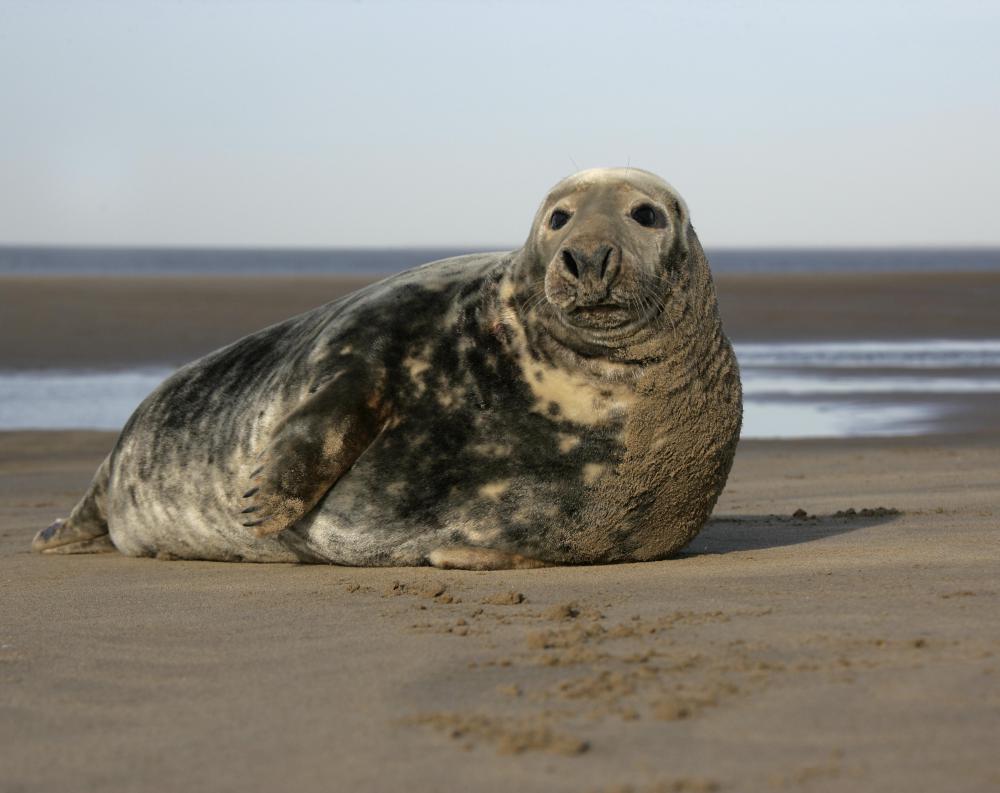At WiseGEEK, we're committed to delivering accurate, trustworthy information. Our expert-authored content is rigorously fact-checked and sourced from credible authorities. Discover how we uphold the highest standards in providing you with reliable knowledge.
What is Bouvet Island?
Bouvet Island is a volcanic island located in the south of the Atlantic Ocean, and is often considered to be the most remote island on the planet. The island is approximately four miles (about 6.4 km) long and three miles (about 4.8 km) wide. It is located south-southwest of the Cape of Good Hope in South Africa. At the center of the island is the ice-filled crater of an inactive volcano. Due to the extremely harsh climate, the island can only support lichens and mosses. Seals and penguins can be found there as well.
The surface is almost completely covered by glaciers. It has no ports or harbors, and is therefore, extremely difficult to approach. Making access even more difficult are the steep cliffs surrounding the island, which can reach up to about 1,640 feet (500 hundred meters). The easiest way to get on the island is to take a helicopter from a boat, anchored offshore.

Jean-Baptiste Charles Bouvet de Lozier, for whom the island is named, discovered it in 1739. Bouvet, however, did not accurately mark his navigation or discovery, making it was unclear as to whether the naval commander had discovered an island or a piece of a continent. Others, such as James Cook, looked for the island, but since Bouvet’s coordinates were recorded wrong, it could not be found again.

In 1808, James Lindsay found Bouvet Island, but the position was so significantly different from Bouvet’s discovery, that it was renamed Lindsay Island before anyone realized it was in fact Bouvet Island. In 1825, Britain laid the first claim to the island, raising a flag and deeming it Liverpool Island. Little became of the occupation, however.
In 1927, Norwegian explorers completed the first extended stay on the island, staying almost one month. This feat lead to Britain’s handing over of control of the island to Norway.

Since the end of whaling and sealing activities, there is little reason for man to journey to the island. Bouvet Island, along with the surrounding waters, was designated a nature preserve by Norway in 1971. Norway runs an automated meteorological station from the island.
Interestingly, the island was used as the setting for the 2004 film, Alien vs. Predator. The island is also featured in a few books, such as A Grue of Ice and Warhead. Despite its intriguing history and unique topography it is not a vacation destination.
AS FEATURED ON:
AS FEATURED ON:













Discuss this Article
Post your comments